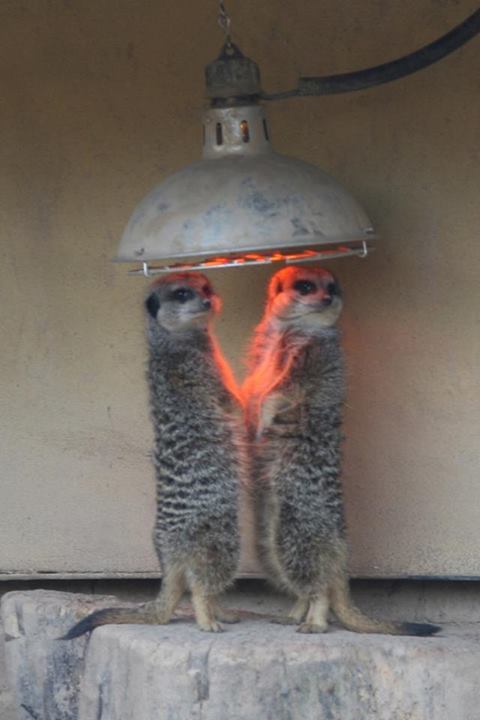itsgeekylife: Now I know where all those phobia’s come from….
fuckyeahtattoos: Tattoo by Jason Brown The Blue Rose...

Tattoo by Jason Brown
The Blue Rose Tattoo
Huntsville, AL
Email- jason@thebluerosetattoo.com
Instagram- @jasoncbrown
westernkanye: An important purchase
frightn: mom i had a bad dream can i sleep in your bed for a...
Photo

best-of-imgur: Selfies …http://best-of-imgur.tumblr.com
Photo

flycandy: Flycandy.tumblr.com: Ashley Nicole King Ashley king...

Flycandy.tumblr.com: Ashley Nicole King
Ashley king is fucking gorgeous and it’s not fair.
Going to eat cheetos. Bye.
nezua: There is hope.
rebagled: taking a picture and not knowing the flash is on
taking a picture and not knowing the flash is on
shuttlecock-blocked: september 30th october...
september 30th
october 1st
oatmeal47: what a beautiful wedding
best-of-imgur: Wild Animalshttp://best-of-imgur.tumblr.com
land-of-propaganda: #Ferguson #ShawShooting Do you know Jeff...










#Ferguson #ShawShooting
Do you know Jeff Roorda? You should. He is as crooked as they come.
- (Jeff Roorda was also fired from a police department in 2001)
- (Jeff Roorda’s appeal)
- (Jeff Roorda: a little background)
- (Jeff Roorda is put on the Public Safety Committee for Missouri)
- (Jeff Roorda’s bill to allow officers to destroy evidence)
(10/23)
Photo

drunkvanity: i hate jon ralphio so much
Photo


Photo

spaceplasma: Sunspots Our Sun is a main sequence star which...

Hinode's high-resolution view of the Sun

Visualization from SOHO/MDI data of sunspot substructure.
Sunspots
Our Sun is a main sequence star which actively fuses hydrogen into helium in its core. In certain regions of the Sun, the energy created by the hydrogen “burning” is carried to its surface by convection. However, intense magnetic fields in sunspots strangle the normal up-flow of energy from the interior, so energy is unable to reach the surface in these areas leaving the sunspot cooler and therefore darker than its surroundings. The strong magnetic fields in these convection zones promote cooling, thus the hot gas near the Sun’s surface contracts and sinks at speeds of up to 4,000 kilometers per hour. This drives an inward flow, like a planet-sized whirlpool. Of course, seeing behind the scenes in sunspots is not easy; the Sun below the photosphere is opaque and hidden. The only way to investigate the morphology and the structure of sunspots is through helioseismology. Usingthe Helioseismic and Magnetic Imager (HMI) on SDO, we can explore the solar interior by detecting natural sound waves on the Sun’s surface.
For more information:
- Detection of Emerging Sunspot Regions
- Local Helioseismology of Sunspots
- The Exploratorium’s Guide to Sunspots
- Sunspots and Solar Storms
Image Credit: NASA/SOHO/MDI/Alexander Kosovichev/Tom Bridgman





























